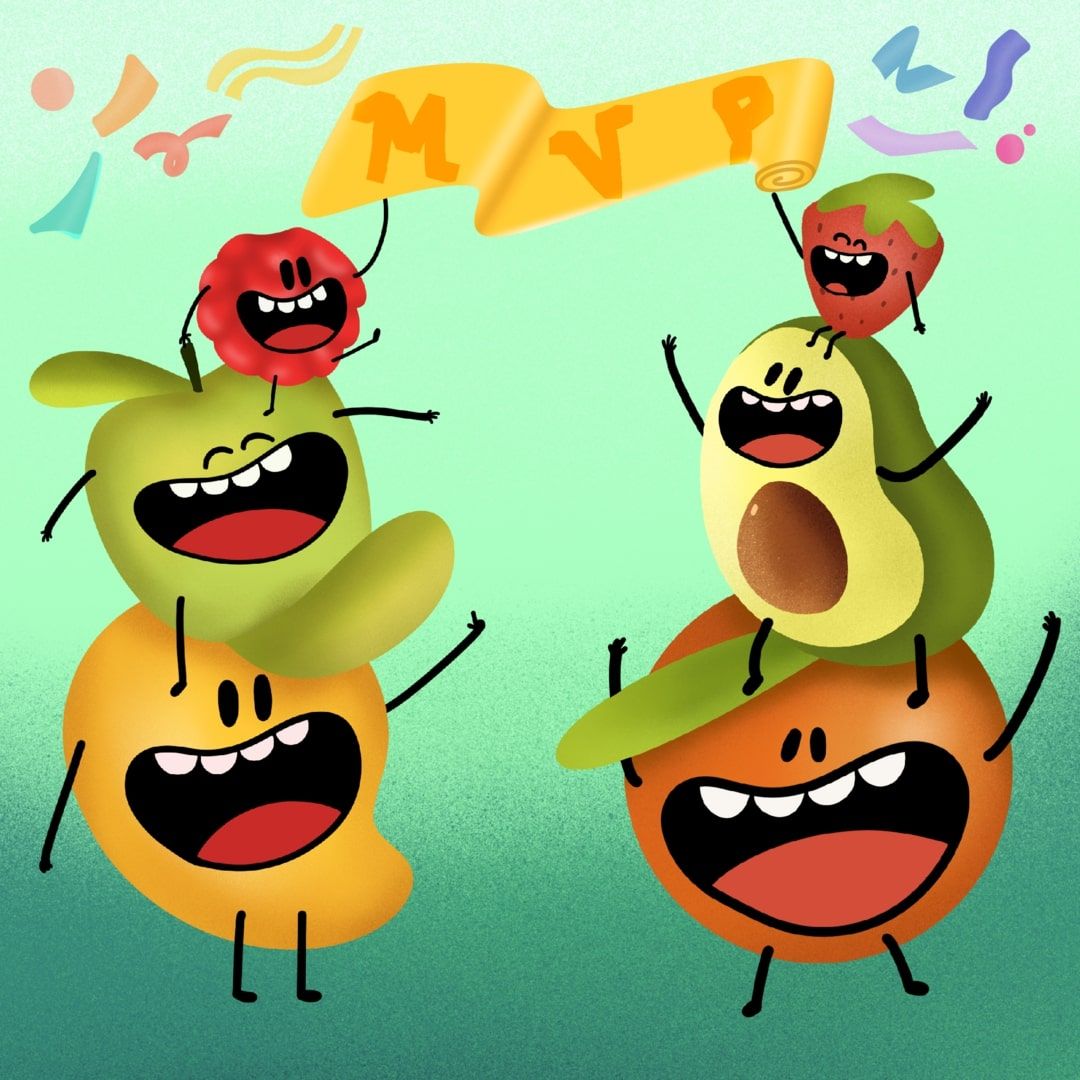Ah! There are no math and Venn diagrams involved here. So relax! We are just going to talk about what is community-led growth and how community-led growth and product-led growth can co-exist and do wonders to its customer and business growth.
When we take a closer look at both these approaches… A community-led growth is tailor-made to revolve around satisfying customer needs and to ensure they get 'the whole enchilada experience'.
Whereas in a product-led growth approach, the team makes sure that the product features and functionalities are appreciated by the customers and not frowned upon or potentially leading to attrition.
The sublimity of these two approaches has one unified goal, i.e, A customer-centric approach to ensure customers are happy, satisfied, and get the maximum out of your product (Bonus: Less attrition). Let us see everything about CLG and PLG, how they go hand-in-hand and benefit each other.
Nitty-gritty details of PLG and CLG
Have you ever thought that having a brand community could enhance your customer base and experience leading your business towards a CLG approach? If this question was asked a decade ago, people would have laughed and asked, what are you talking about? Today things work very differently, that community plays an important role in allowing people to talk about their experiences, benefits, drawbacks, recommendations, and particularly enhancing product recognition.
Product-led growth strategy is so simple. Let us explain this with an example: Grammarly is all about how to improve your writing, fluency, and the flow of writing. We all make grammatical errors while we write, why not have another set of eyes which could correct as you type? Great idea. Sold. So Grammarly is a typical example of a product selling itself and the entire user onboarding process is done by the product itself. People who want to become premium users can choose to pay. This is a typical example of a product selling itself.
The product here does all the heavy lifting for the business growth. PLG is the go-to-market strategy that is being followed by many SaaS companies today. Technically, product-led growth concentrates on product development to drive organizational KPIs, derive metrics, intensify the real product value, gain customer feedback to make the necessary changes to the product, and all these factors are centered around customer satisfaction with your product.
On the other hand, Community-led growth is a recent bestowed strategy for companies to build trust and loyalty amongst their customers. It is a prop for PLG strategy. While the PLG approach is not being abandoned here. But companies are effectively incorporating both these strategies to grow their community and business together.
A typical example of Community-led growth would be Peloton. Seriously, people, these bikes don't come cheap, but did it deter their business growth? They have sold over 0.3million bikes over the decade.
Ironically they even increased the price of their bikes but did it dwindle their business? Of course not! Did Peloton put a magic spell on its customers? I mean what is so good about these bikes that make people wanna buy them? Because they have such a nifty community, where the members get rewarded for accomplishing their goals, they get to interact with the community members and achieve goals together, they also introduced the 'Peloton challenge'.
Peloton took a different approach towards connecting their users in their community, they are not only customers but they are a part of their community, where they see people who are struggling like them to achieve #bodygoals. This is exactly why their members are ready to pay more and not switch but instead would refer their friends to buy the bike. I mean seriously, the business growth they achieved through their community is phenomenal, but also their product is top-notch and hence it led to their members doing the marketing here.
Technically speaking, Community-led growth focuses on building a community by nurturing relationships with customers, strong partnerships, enhancing product recognition, obtaining direct feedback from customers in turn enhancing product development, and giving real-time support. On the other perspective, you don't need to build a community with millions of people together, you can have the power of micro-communities just like Giorgio Rosa did, instead of putting all energy into bringing so many people together.
The community-led growth approach acts as a booster that blankets the product-led growth strategy to increase your customer base, retention, experience, and business growth.
Now when we compare PLG and CLG side by side, we realize that the key benefits obtained from both focus on customer satisfaction and experience. When we make these both strategies co-exist and work together, we get profited immensely from its harmonious relationship.
How community-led growth and product-led growth are symbiotic in nature?
A community-led growth and product-led growth strategy benefit each other and are symbiotic in nature. The following factors give us a clear picture of it.
Boosting the business growth -- done!
A community-led approach gives its customers a special place enabling a sense of belonging, a voice, a place to interact with community members and hence encouraging its customers to refer their product to their friends. In a community-led approach, community members, experts, and champions promote product growth by referring it to others. Hence the business growth is achieved. It is a great plus for product-led growth since the product is being sold.
Real-time feedback from customers
A community-led growth framework allows you to increase the quality of your product based on direct feedback and analysis from customers aka community members. This is highly helpful in product development for product teams. Hence real product value is intensified with the help of community-led growth. Win-win for customer satisfaction and product value. Guess what? These feedback are valuable to a greater extent to product management teams as well.
Keep your customers entertained aka retain your customers
A community-led growth approach involves creating quality, engaging, community activities like challenges, events, discussions, videos, and much more competitive and educational content regularly to its customers. This will increase the probability of customers liking the community ecosystem, enabling trust and loyalty amongst them. Your customers are less likely to leave and more likely to recommend your product to their friends. Hence customer satisfaction and retention are achieved. There are many ways to make your customers engage in your community.
The ultimate showdown
Community is the new black! Trust me when I say this, it is becoming a combined strategy for many SaaS companies to achieve their business goals. Building a community ecosystem that your customers absolutely love is what reaps the rewards for your business. Community-led growth and product-led growth approach create a harmonious relationship completely focusing on customer satisfaction. Your customers are happy, your customers love your product, your customers make recommendations to their friends, and eventually, it paves the way for a reverse domino effect of business growth. Hence a unified goal is achieved through community-led growth and product-led growth strategies.
Interested to start your own community aiming to achieve Community-led growth goals to your company. Then do check out our amazing community building platform, we make community-building happier, easier, and fun.
Oh! One more thing. If you are a community enthusiast who is looking to have some fun and candid conversations with fellow enthusiasts, we have the perfect place for you, grab your cup of cold coffee and join us here. If you are looking for a preview of our past interesting conversations in cold coffee and community, then check out here.

